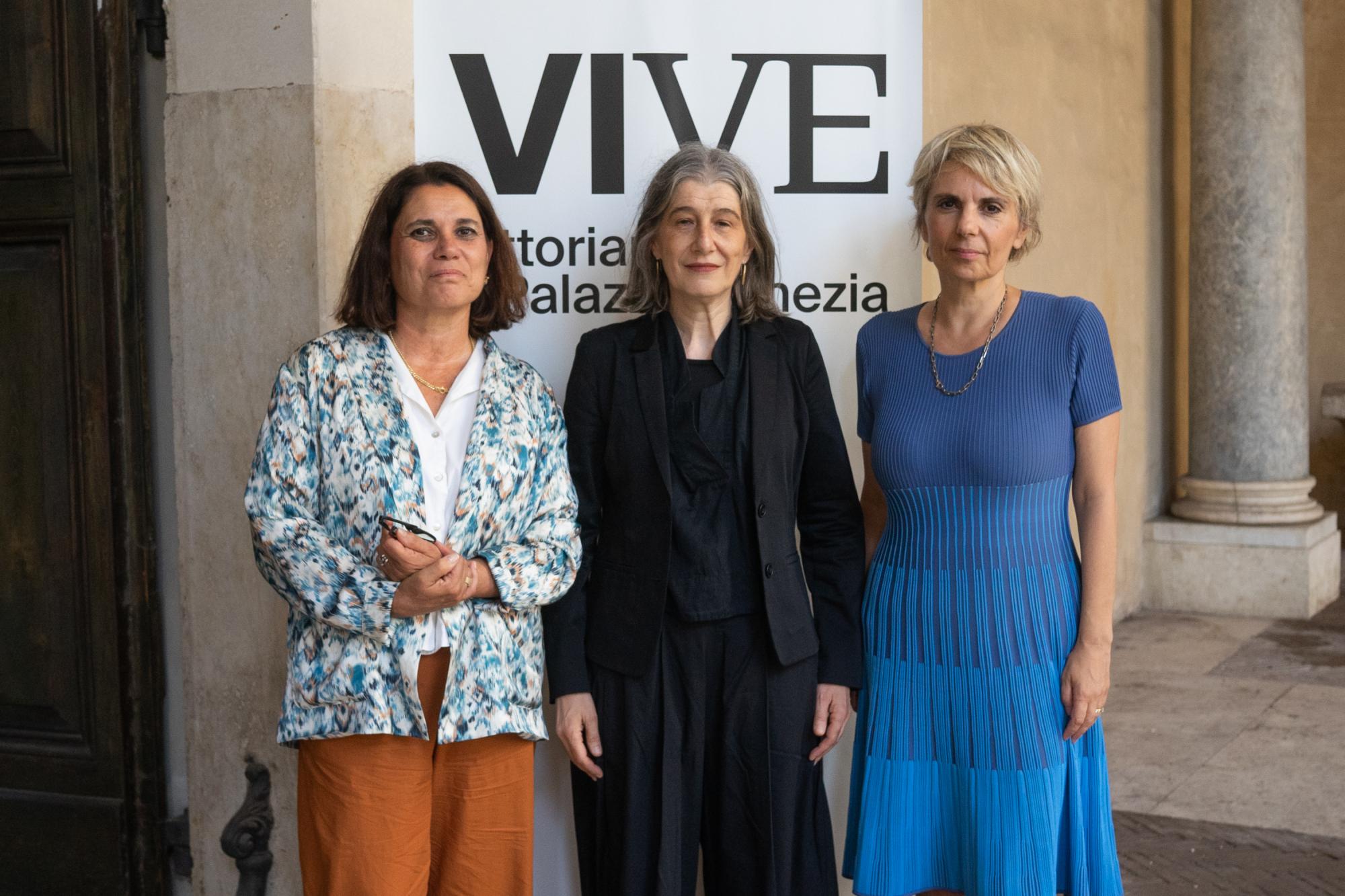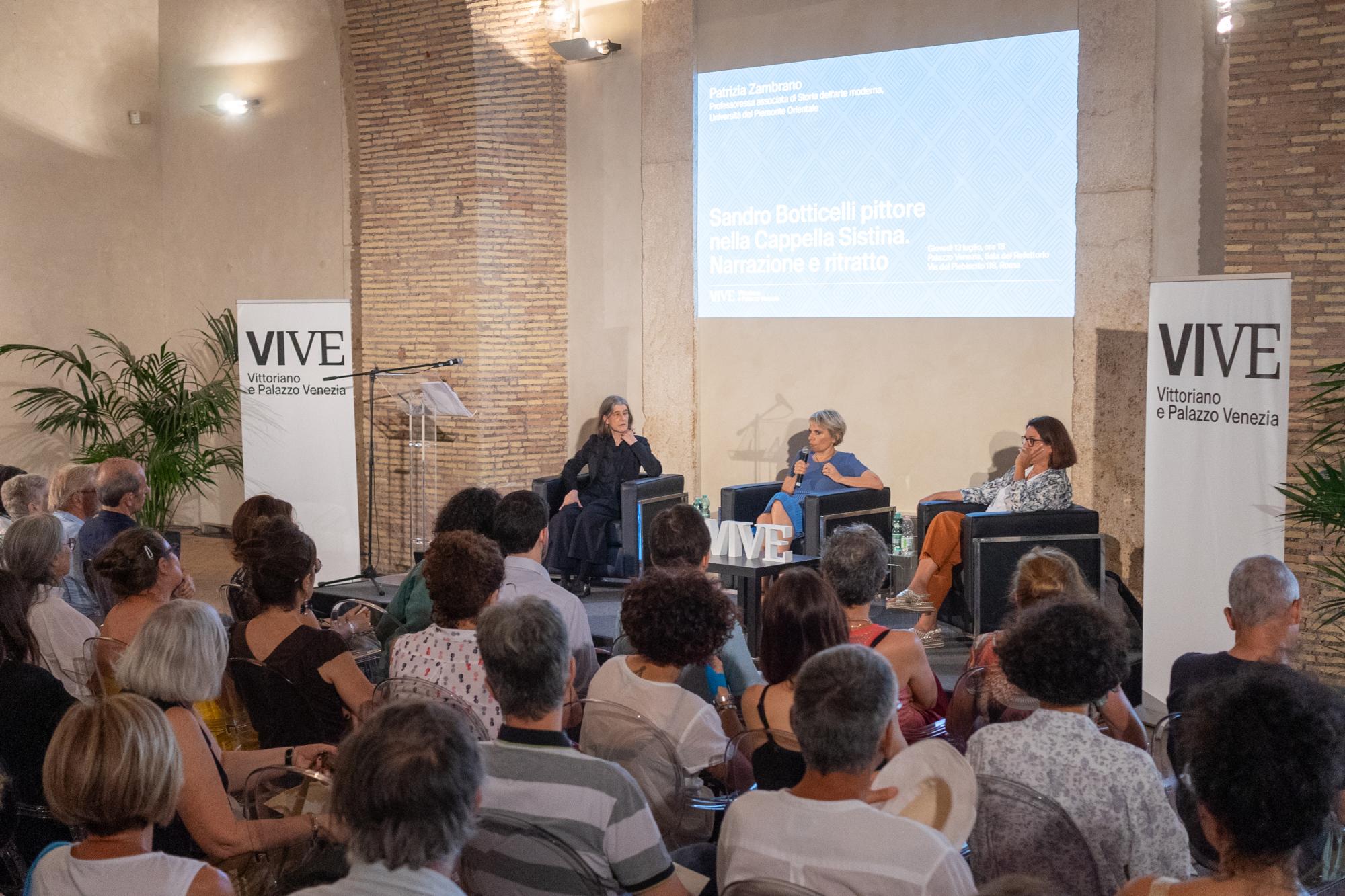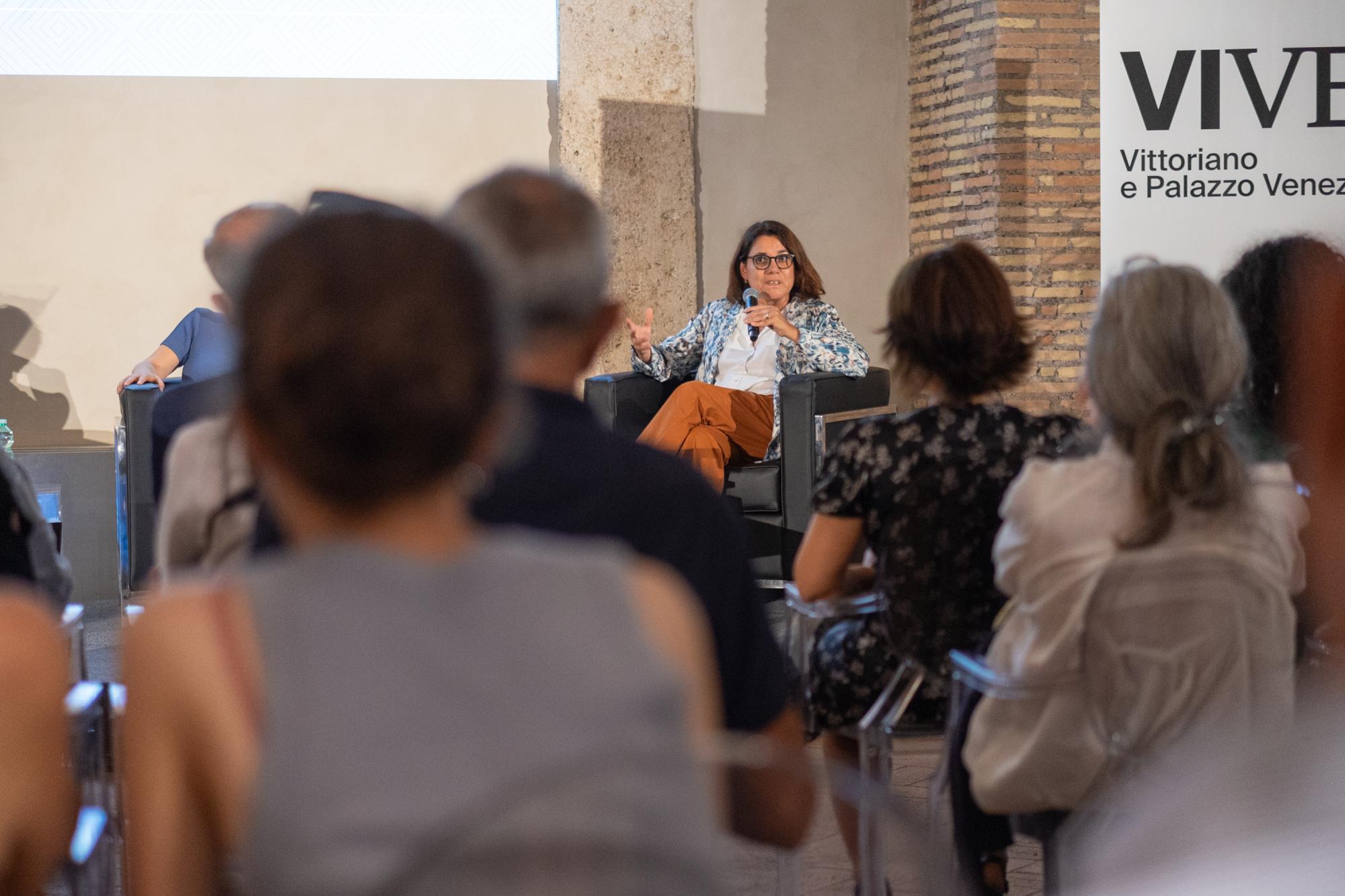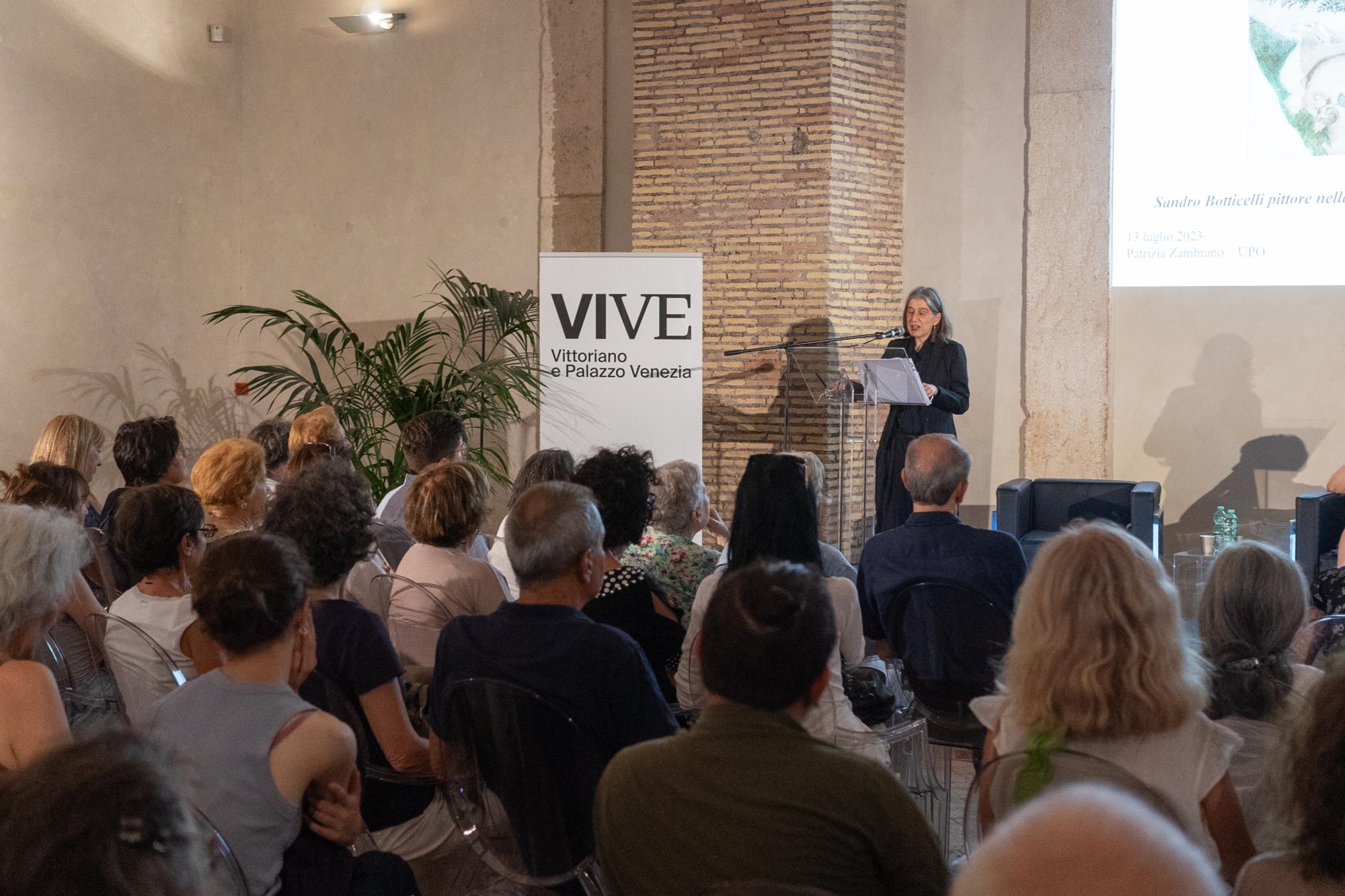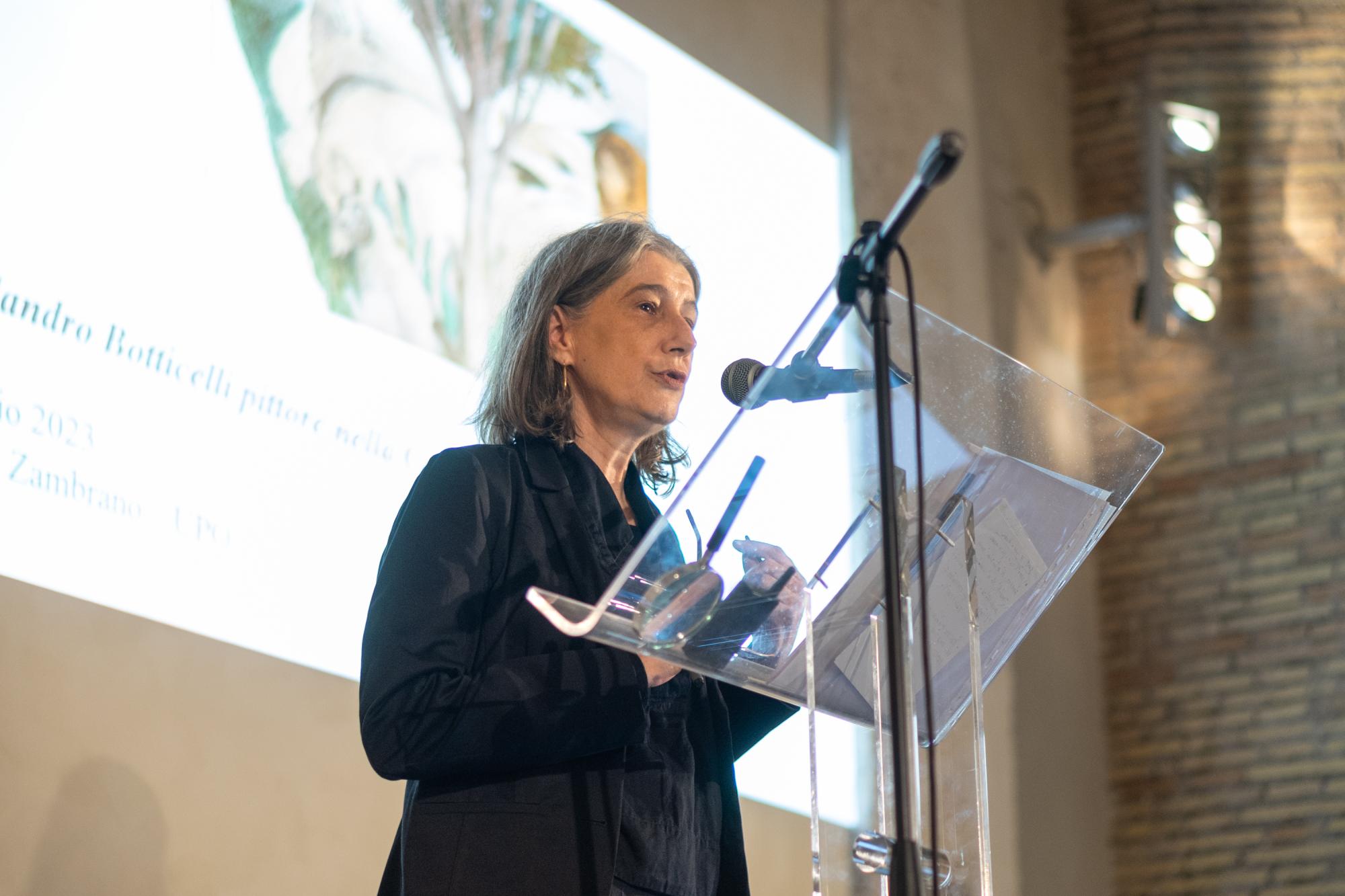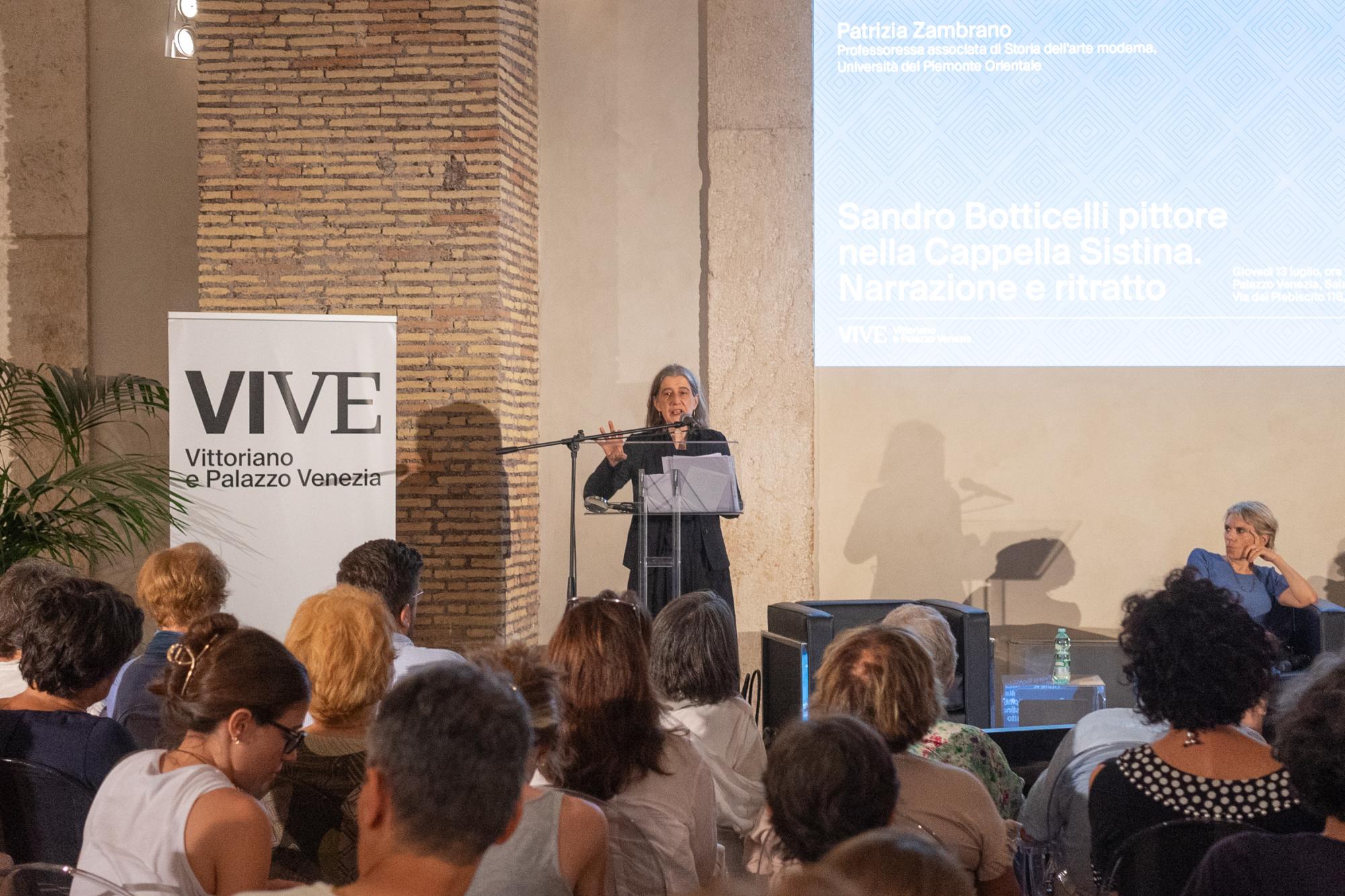SERIES: From VIVE to the city. The history of art in Rome in the 15th-20th centuries - Under the aegis of Silvia Ginzburg, professor of the History of Modern Art, Università di Roma Tre
SPEAKER: Patrizia Zambrano
DATE: Thursday 13 July, 6 pm
PLACE: Palazzo Venezia, Sala del Refettorio
The “Palazzetto” and more importantly the “Palazzo” of Pietro Barbo – a Venetian cardinal become Pope in 1464 with the name of Paul II – are, along with the external loggia of St Mark’s, an artistic workshop of great importance. Well- and lesser-known architects and stonemasons alternated in works that had the merit of introducing ambitious and innovative architectural solutions to a Rome of still mediaeval appearance. Paul II wanted to turn it into a new papal residence and created a building complex featuring structures inspired by classical monuments such as the Colosseum, Teatro di Marcello and Basilica di Massenzio. Extended by Cardinal Marco Barbo (and later gifted to the Venetian Republic by Pius IV) the Palazzo ushered in the Renaissance phase in the area at the foot of the Campidoglio, where Michelangelo lived and the church of Santa Maria di Loreto was founded (1507), its central Bramante-style plan becoming a model on which even Raphael drew for inspiration.

